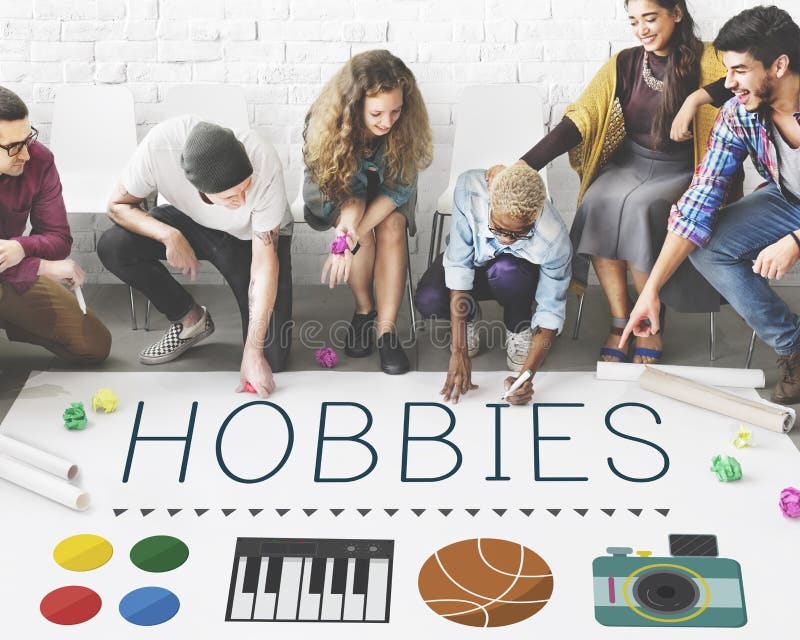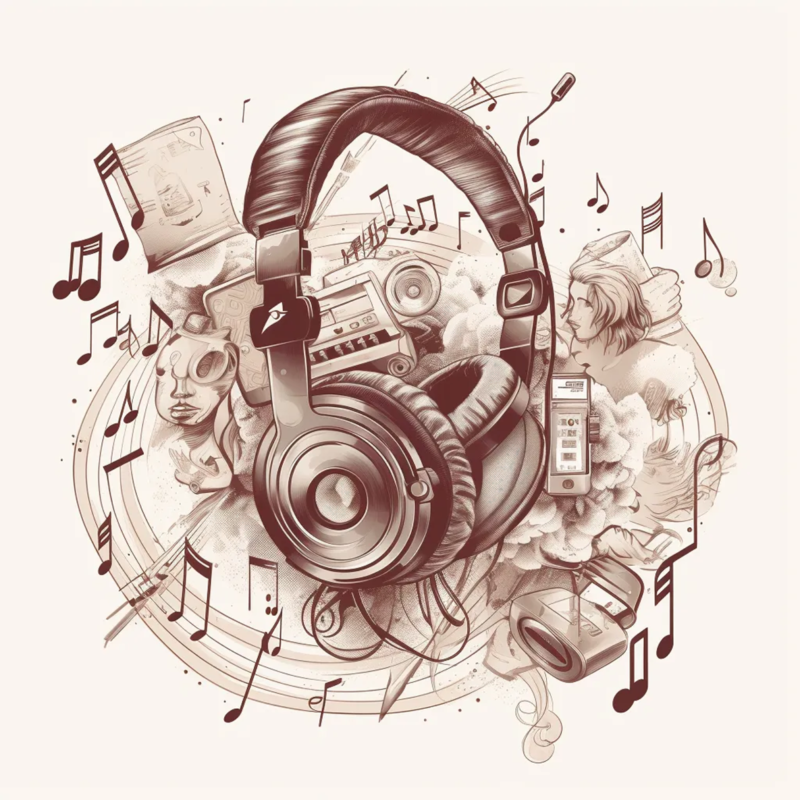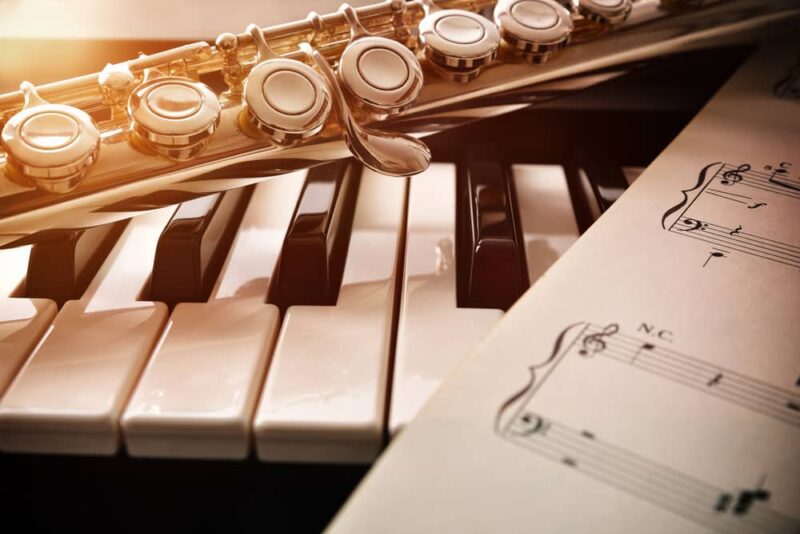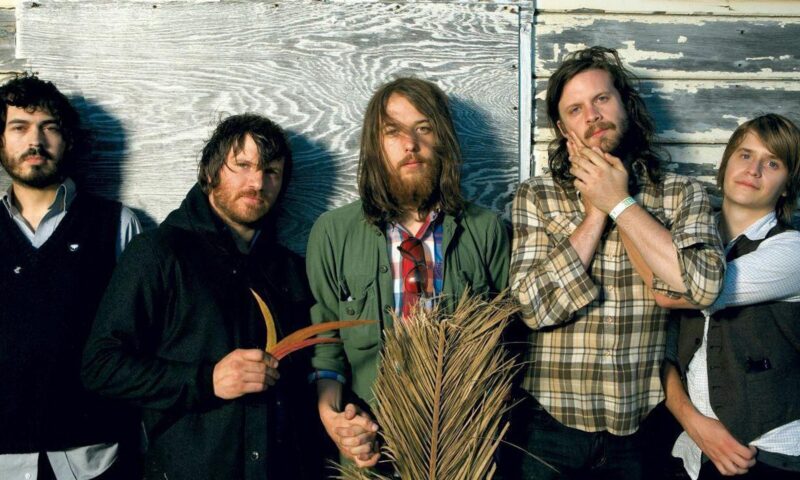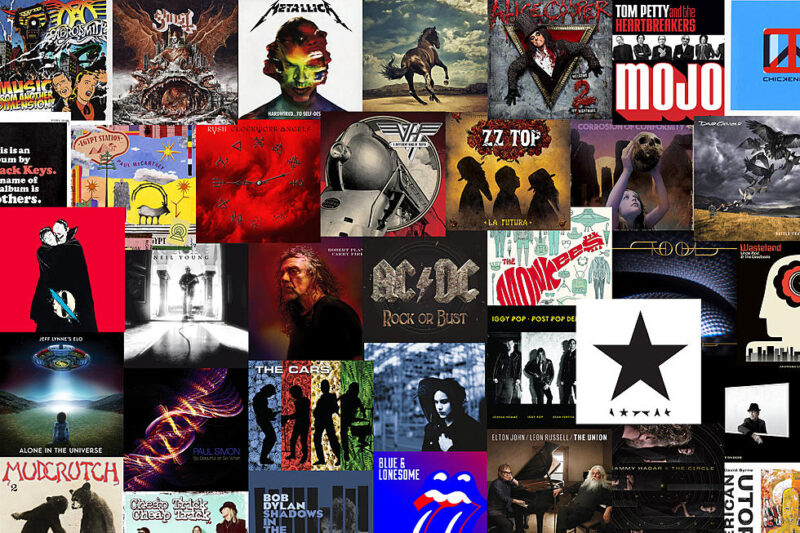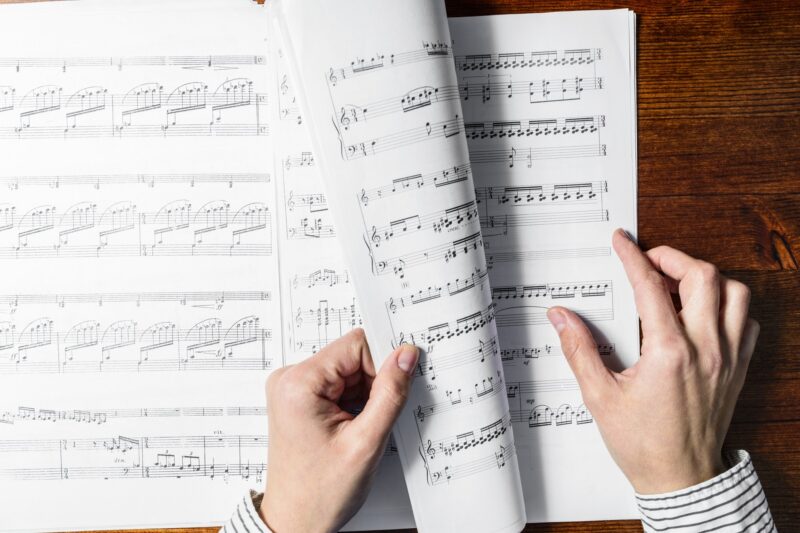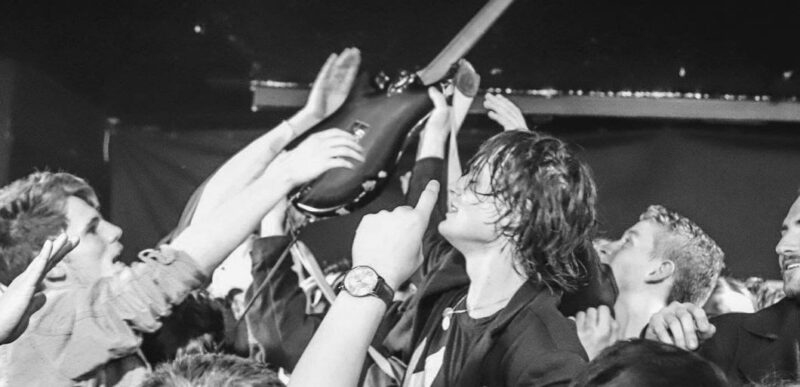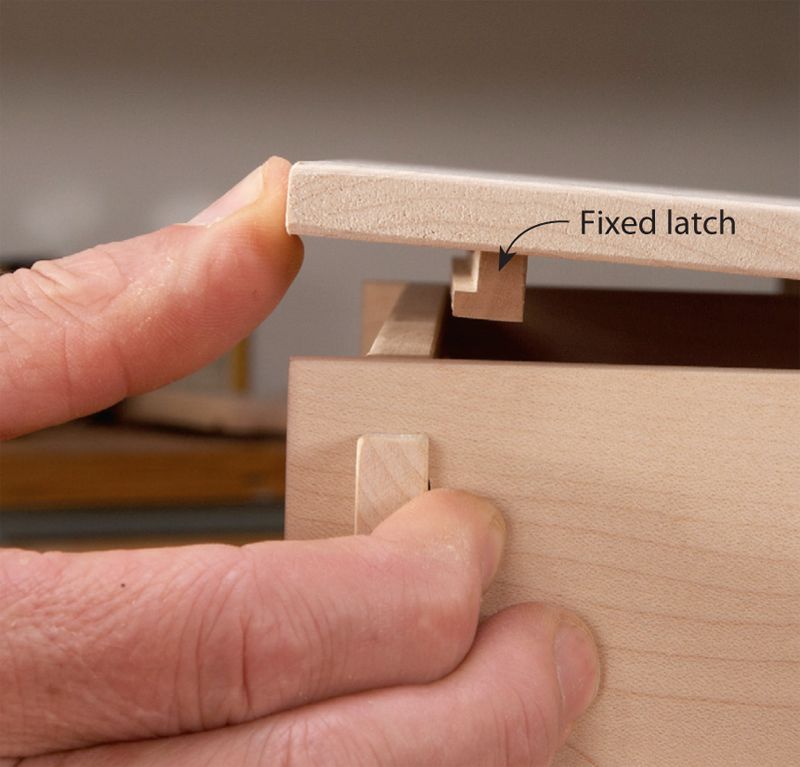
Every person has the potential to be creative. Often, we hear the opinion that creativity is a talent that one is born with. This is certainly wrong because creativity is not a talent.
Just like critical thinking, creative thinking can also be honed. An effective way to hone it is through daily habits.
Creative thinking is a skill needed to enhance the effectiveness of various daily activities. Especially in the workplace, creative thinking is key in making decisions and finding solutions to problems.
In fact, creative thinking can also make us feel happier! So, let’s apply the following tips and activities to improve your creative thinking skills.
1. Keeping a Journal
If you’re thinking about how to communicate yourself, blogging or keeping a journal is a good step to start with.
Start by writing whatever you want and do it regularly, whether in the morning or at night before bed. Besides fostering creativity, writing can help you control your emotions and clear your mind.
2. Exercise to Relieve Stress
Stress can block creativity. Regular exercise is one good way to relieve stress and boost creativity. When the body feels fresh and energized, our minds are more open to new and creative ideas.
3. Blue or Green Objects
In color psychology, blue and green are associated with enhancing brain cognitive performance for concentration, planning, and reasoning.
The theory is that because we associate blue with the vast sea and sky, while green is associated with continuously growing trees.
When we see something green or blue, the brain interprets it as boundless opportunities and growth.
So, if you’ve been staring at a computer screen for too long, try stepping outside for a moment to gaze at trees or the blue sky.
4. Listen to Music
Listening to music, or even singing along, stimulates parts of our brain that regulate emotions and creative thinking abilities.
All types of music are considered to have this effect. However, if you’ve only been listening to the same genre of music, try listening to something different occasionally.
According to various studies, listening to classical music can be one of the activities that can enhance creative thinking skills.
Listening to classical music by Mozart, Beethoven, or other composers can also sharpen focus and enhance brain cognitive function.
5. Practice Combining New Ideas
One way to enhance creativity is to train the brain to generate new ideas and then combine them.
Try to associate unusual ideas or combine different ideas to create new ones. This will help build connections between different concepts and produce more creative thinking.
6. Meditation
Meditation is a simple activity, yet it has many benefits.
Just like a workout program at home, you can choose the type of meditation that suits your goals. Besides calming the mind, relaxation practices during meditation can provide a good stimulus for creativity.
To make your meditation experience more enjoyable, try using candles, aromatherapy, or classical music to help you relax even more.
7. Sleep
If your mind is stuck and it feels difficult to find solutions to trivial problems, try taking a nap.
The benefits of napping for workers aren’t just about driving away sleepiness! In fact, sleep refreshes the mind.
Even a short nap can help the brain work better to trigger the creative thinking process, make connections, generate ideas, and solve problems.
When lacking sleep, the brain actually struggles harder to function at its best.
8. Take a Course
Learning something new is like giving your mind a vitamin boost. You’ll feel excited and motivated, thus triggering your creativity.
Look for skill topics or courses that interest you. Interestingly, there are now many courses or workshops held online so you can remain productive even at home.
9. Learn from Failure and Accept Feedback
Failure can be a good source of inspiration for new ideas. Learning from failure can help you develop creative solutions to problems. Moreover, accepting feedback from others can help you see problems from different perspectives and open your mind to new ideas.
10. Meet New People
Most of us might spend time with the same group: family, coworkers, or close friends.
Try joining a community or organization that interests you. There’s no harm in expanding your social network to broaden your horizons and exchange ideas with people from different backgrounds.
11. Reading Books
Reading books can help improve our creativity by providing inspiration and new ideas. Fiction and non-fiction books can offer new insights and different perspectives.
12. Tidying Up the House
It’s undeniable that we often hear experts say “a clean house equals a clear mind.”
Creating a conducive space for activities can stimulate motivation and creativity. Surely, we will be more enthusiastic to work in a tidy room with supportive air circulation, right?
13. Drawing or Painting
Drawing or painting can help boost our creativity by providing an outlet for self-expression and new ideas.
14. Don’t Be Afraid to Think Out of The Box
Habits can hinder creativity. Trying something new and different, even if it seems strange or unusual, can open our minds to more creative ideas. Try stepping out of your comfort zone and exploring different ways to do ordinary things.
15. Playing Games
Playing games can help improve our creativity by providing challenges and problems to solve. Games can also help reduce stress and enhance creative thinking skills.
So, those are some simple activities you can do to improve your creative thinking skills
We all know how important creativity is in living a satisfying life. Whether at work, at home, or in various daily activities, creativity is the key to finding innovative solutions, expressing oneself, and facing challenges in new and exciting ways.
However, we often feel trapped in monotonous routines, and fresh ideas seem difficult to come by. By understanding some effective activities and tips to boost creativity above, we can open the door to a more creative and inspirational self.
This is why creative thinking skills is also included as one of the important competencies that a future leader must have. Creative thinking can enhance creativity in daily life and help you become more innovative and successful.

